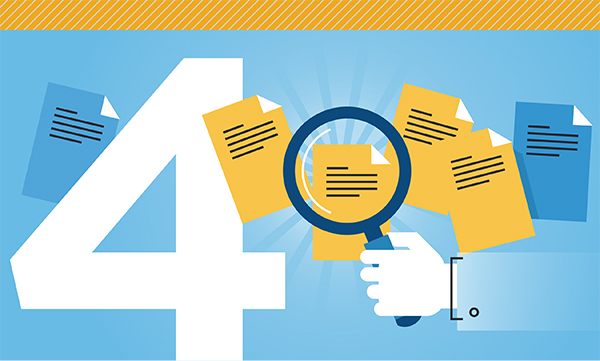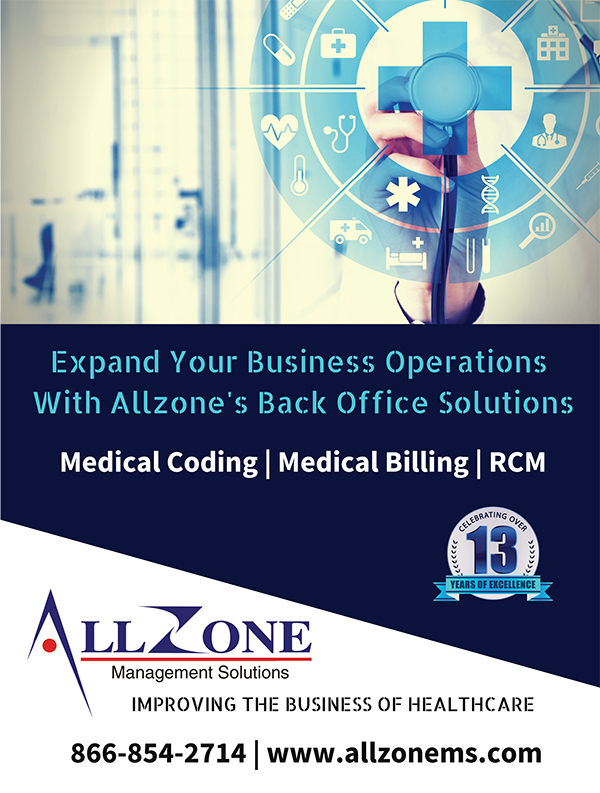Critical Trends for an Effective Eliminate the stress of patient collections.
Though healthcare is fundamentally different from most other industries, patients are not making that differentiation, especially when they receive a paper statement for a bill they already paid. The culmination of a poor experience, confusion, and frustration equals customer attrition, brand damage, and ultimately lost revenue. In fact, 65 percent of patients would consider switching providers for a better healthcare payments experience.1 For providers, there is a direct connection to patient collections and their bottom line as payers cover less of the amount due for services rendered. As payment responsibility and frustrations increase, that connection and the impact becomes more prevalent. This could be why 58 percent of providers report their top revenue cycle concern is related to patient collections.2 RCM companies are perfectly positioned to eliminate the stress of patient collections for their clients by engaging patients with a better healthcare payments experience. Fortunately, recent trends in healthcare payments outline the roadmap for billing services to follow in optimizing the patient experience. Here are the four most critical trends billing services should focus on to implement an effective strategy and get patient engagement right.
Patient surveys reveal similar findings about providers’ reliance on paper statements. Four out of five surveyed reported that they receive their provider bills via mail, while 70 percent reported being confused by their provider bills.5 There may be many factors that go into patient confusion in the provider billing process; however, this possible connection is hard to ignore. The connection becomes much stronger when considering the importance patients place on an easy-to-read bill—89 percent said it was important for their medical bill experience.6 Despite these trends, eliminating paper statements all together isn’t necessarily the answer. Statements can actually be a powerful tool in engaging patients. A streamlined statement design that removes the payment coupon and clearly promotes e-statements and online payments will leverage an established touchpoint to make a digital connection that patients prefer.
Billing services can offer a standalone online payment portal to meet this patient expectation. However, the data also tells us that integrating payments with existing online portals, such as a health plan’s member portal where patients already go as part of their healthcare journey, greatly expands a billing service’s digital reach for healthcare payments. Patients want this option, as 71 percent said that they want to pay all of their healthcare bills in one place.10
A mobile component is quickly becoming the norm for a convenient experience with payments playing a vital role in that experience. Mobile payments have become so ingrained in the digital world that more than half of the top 2017 apps in the Apple App Store featured the ability to make or send payments as core to its functionality. The data demonstrates that patients want a mobile experience in healthcare, too. Most notably, 80 percent want to check in for a provider visit on their own secure mobile device where billing services can connect with consumers from the start of their healthcare journey. This includes understanding their payment responsibility upfront and saving payment cards on file for future payments—all from a mobile app at the provider check-in. In fact, 65 percent would download a mobile app to pay all of their healthcare bills.13
Automatic payments can also help consumers facing higher expenses by scheduling payments over time. This is especially crucial for the 81 percent of covered workers in 2017 that had a deductible that had to be met before most services were paid by their health plan.14 With payment plans, billing services have a way to assure payments for their services without multiple paper statements and staff follow-up. This is similar to how many retail giants allow customers to pay without interest over time for bigger ticket items such as appliances. More and more providers are seeing the value of this digital payment option, as 76 percent of providers surveyed offer payment plans at their organizations.15 For more on these trends impacting the industry, the Trends in Healthcare Payments Eighth Annual Report: 2017 is now available to download at www.instamed.com/blog/trends-in-healthcare-payments-eighth-annual-report-2017. For the last eight years, InstaMed has released this report to objectively educate the market and promote awareness, change, and greater efficiency through quantitative data from the InstaMed Network and qualitative data from healthcare providers, payers, and consumers surveyed nationwide.
Resources 2 Trends in Healthcare Payments Eighth Annual Report: 2017. Provider Healthcare Payments Survey. www.instamed.com/trends 3 Trends in Healthcare Payments Eighth Annual Report: 2017. Provider Healthcare Payments Survey. www.instamed.com/trends 4 Trends in Healthcare Payments Eighth Annual Report: 2017. Provider Healthcare Payments Survey. www.instamed.com/trends 5 Trends in Healthcare Payments Eighth Annual Report: 2017. Consumer Healthcare Payments Survey. www.instamed.com/trends 6 Mike Trilli, Aite Group. U.S. Medical Bill Payments: Support for the Health Plan Model. https://www.aitegroup.com/report/us-medical-bill-payments-support-health-plan-model 7 Pew Research Center. Mobile Fact Sheet. February 2018. http://www.pewinternet.org/fact-sheet/mobile/ 8 Trends in Healthcare Payments Eighth Annual Report: 2017. Consumer Healthcare Payments Survey. www.instamed.com/trends 9 Trends in Healthcare Payments Eighth Annual Report: 2017. Consumer Healthcare Payments Survey. www.instamed.com/trends 10 Trends in Healthcare Payments Eighth Annual Report: 2017. Consumer Healthcare Payments Survey. www.instamed.com/trends 11 Pew Research Center. Mobile Fact Sheet. February 2018. http://www.pewinternet.org/fact-sheet/mobile/ 12 Pew Research Center. Mobile Fact Sheet. February 2018. http://www.pewinternet.org/fact-sheet/mobile/ 13 Trends in Healthcare Payments Eighth Annual Report: 2017. Consumer Healthcare Payments Survey. www.instamed.com/trends 14 2017 Employer Health Benefits Survey. Kaiser Family Foundation website. kff.org/health-costs/report/2017-employer-health-benefits-survey. Published September 19, 2017. 15 Trends in Healthcare Payments Eighth Annual Report: 2017. Provider Healthcare Payments Survey.
|



 Patients Are Always Connected.
Patients Are Always Connected.
 Patients Want Mobile.
Patients Want Mobile. Patients Want Automated Payments.
Patients Want Automated Payments.